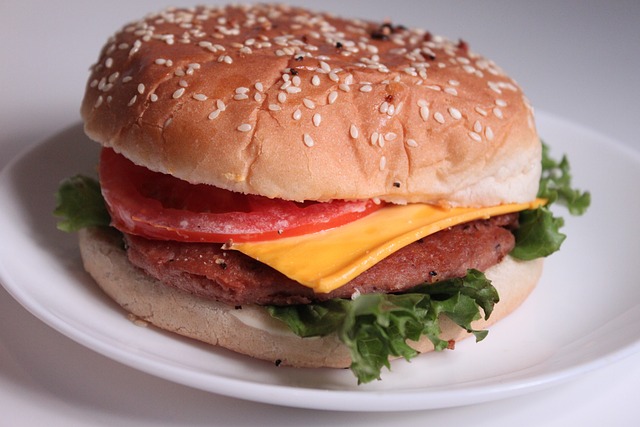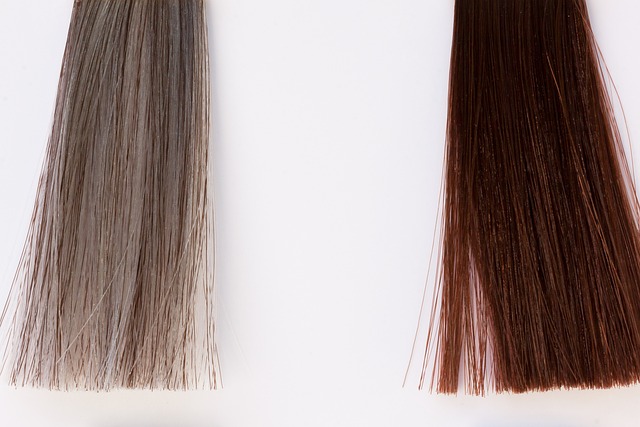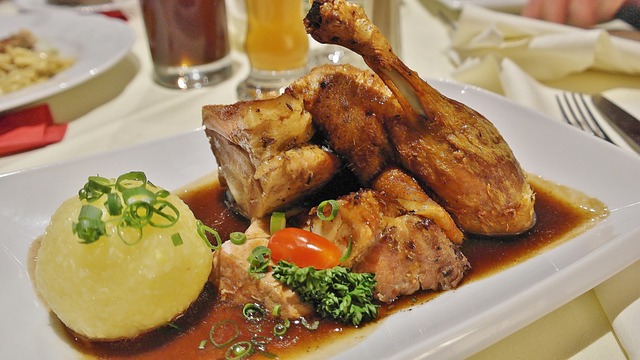Non-surgical fat reduction methods, particularly CoolSculpting, have gained popularity as safer alternatives to liposuction. CoolSculpting uses cryolipolysis to freeze and eliminate targeted fat cells over time, offering a painless process with minimal downtime compared to surgical liposuction. When comparing these options, factors like treatment duration, recovery time, side effects, and cost differ significantly. Liposuction provides more drastic results but with longer recovery periods and higher risks, while CoolSculpting is often more affordable and suitable for those seeking non-invasive fat reduction. As an FDA-cleared treatment with proven efficacy, CoolSculpting stands out in the non-surgical fat reduction comparison, making it a top choice for individuals preferring a non-invasive approach to body contouring.
Considering non-surgical fat reduction options? Explore CoolSculpting vs. Liposuction – two leading procedures in the aesthetics market. This comprehensive guide delves into their mechanisms, benefits, and considerations. CoolSculpting offers a non-invasive approach with targeted fat loss using cold therapy, while Liposuction involves surgical removal of fat cells. We compare results, recovery times, longevity, and help you choose based on your needs. Discover the perfect solution for achieving a slimmer, more contoured figure without surgery.
Understanding Non-Surgical Fat Reduction Options

Non-surgical fat reduction options have gained significant popularity as alternative procedures to traditional liposuction. These treatments offer a painless approach to achieving a slimmer and more contoured body without the need for invasive surgery. CoolSculpting, one of the leading non-surgical fat reduction technologies, utilizes cryolipolysis to target and freeze specific fat cells. This process allows the body’s natural processes to eliminate the targeted fat over time.
When comparing non-surgical fat reduction methods like CoolSculpting and liposuction, it’s essential to consider factors such as treatment duration, recovery time, potential side effects, and cost. Liposuction, being a surgical procedure, generally provides more drastic results but comes with longer recovery times and higher associated risks. In contrast, CoolSculpting offers a non-invasive alternative that is often more affordable and requires minimal downtime, making it an attractive option for those seeking fat reduction without the complexities of surgery.
CoolSculpting: A Non-Invasive Approach to Fat Loss

CoolSculpting represents a groundbreaking non-surgical fat reduction approach, offering an alternative to invasive procedures like liposuction. This innovative technology uses cryolipolysis, a process that freezes and eliminates targeted fat cells, leading to significant reductions in localized fat areas. Unlike traditional liposuction, CoolSculpting is a painless procedure with minimal downtime. It’s ideal for individuals seeking a non-surgical solution to contour their bodies.
The procedure involves placing a cooling applicator on the desired area, where it gently cools the fat cells below the skin’s surface. This controlled cryotherapy breaks down and destroys the fat cells without impacting nearby tissues or structures. As the treated area gradually heals, the body naturally processes and eliminates the eliminated fat cells, leading to a more sculpted appearance. CoolSculpting is FDA-cleared and has been proven effective in clinical studies, making it a top choice for those preferring a non-surgical approach to fat loss in comparison to surgical liposuction.
Liposuction: Surgical vs Non-Surgical Methods

Liposuction is a popular method for achieving fat reduction, but it’s important to understand the options available. When considering non-surgical fat reduction, many people compare CoolSculpting to traditional liposuction. Liposuction itself encompasses both surgical and non-surgical methods. The surgical variant involves making incisions and inserting a suction device to remove fat cells, while non-surgical liposuction uses a less invasive approach, often in the form of ultrasound or laser technology.
Non-surgical fat reduction methods like CoolSculpting have gained traction due to their minimal recovery time and lack of incisions. These procedures are typically less painful and offer quicker results for those seeking alternative solutions to conventional liposuction. A comparison between these two methods would highlight differences in procedure duration, discomfort levels, and the specific areas each can target, ultimately guiding individuals towards the best choice for their body contouring goals.
How CoolSculpting Works for Targeted Fat Removal

CoolSculpting is a non-surgical fat reduction treatment that uses cryolipolysis to target and eliminate specific areas of stubborn fat. During the procedure, a cooling gel pad is applied to the desired area, which then freezes fat cells while leaving surrounding tissues unharmed. This targeted approach ensures that only the selected fat cells are affected, making it an attractive option for those seeking localized fat reduction without surgery.
In contrast to liposuction, CoolSculpting does not require any incisions or invasive techniques. The procedure is typically non-painful and can be completed in a shorter duration, often in just 35 minutes. As a result, it offers a more accessible and less disruptive alternative for individuals looking to sculpt their bodies without the risks associated with surgical procedures.
Exploring the Benefits of Each Procedure

CoolSculpting and Liposuction are both sought-after procedures for achieving a slimmer, more contoured figure, but they differ significantly in approach. CoolSculpting is a non-surgical fat reduction treatment that uses cryolipolysis to target and eliminate specific areas of stubborn fat. Its key advantage lies in its non-invasive nature, making it an attractive option for individuals who prefer to avoid the risks and recovery time associated with surgery. This procedure is particularly effective for treating smaller, localized fat deposits, offering a more precise result without damaging surrounding tissue.
On the other hand, Liposuction, being a surgical procedure, provides more extensive fat removal. It involves making small incisions in the target areas and using suction to extract fat cells. While it offers dramatic and long-lasting results, liposuction is not without its drawbacks. Unlike CoolSculpting, which can be performed on various body parts, liposuction has specific limitations based on the area treated, requiring careful consideration during the consultation phase. Additionally, recovery time and potential side effects are factors that set these two procedures apart in the non-surgical fat reduction comparison.
Considerations for Choosing Between CoolSculpting and Liposuction

When deciding between CoolSculpting and Liposuction for non-surgical fat reduction, several factors come into play. Both procedures aim to eliminate stubborn fat but through different mechanisms. CoolSculpting uses cryolipolysis, freezing off fat cells, while Liposuction involves suction to remove them. Your choice should consider your body type, target areas, desired results, and recovery preferences.
For instance, CoolSculpting is ideal for treating smaller areas like love handles or outer thighs, as it’s less effective on large, diffused fat deposits. Liposuction, with its ability to sculpt and define contours, might be the better option for those seeking more dramatic body shaping, especially in problem zones like the abdomen or double chin. Additionally, recovery time and potential side effects differ; CoolSculpting is often non-disruptive, while Liposuction may involve swelling and bruising.
Potential Results, Recovery, and Longevity Comparison

When comparing CoolSculpting and Liposuction for non-surgical fat reduction, understanding potential results is key. CoolSculpting uses cryolipolysis to freeze and eliminate fat cells, typically seeing a 20-60% reduction in targeted areas after several treatments. This procedure offers minimal to no down time, allowing patients to resume normal activities almost immediately. On the other hand, Liposuction involves suctioning fat from specific areas using a cannula, often resulting in more dramatic and localized results. While both methods have their merits, CoolSculpting stands out for its non-invasive nature and patient comfort.
In terms of recovery and longevity, CoolSculpting once again holds an edge. Patients usually experience minimal discomfort and can return to work the same day. Results tend to become visible within a few months as the body eliminates the treated fat cells, offering long-lasting effects that can endure for years with proper diet and exercise. Liposuction, though effective, involves incisions and surgical manipulation, leading to a longer recovery period and potential scarring. Additionally, maintenance treatments may be necessary to maintain the results achieved through liposuction.
